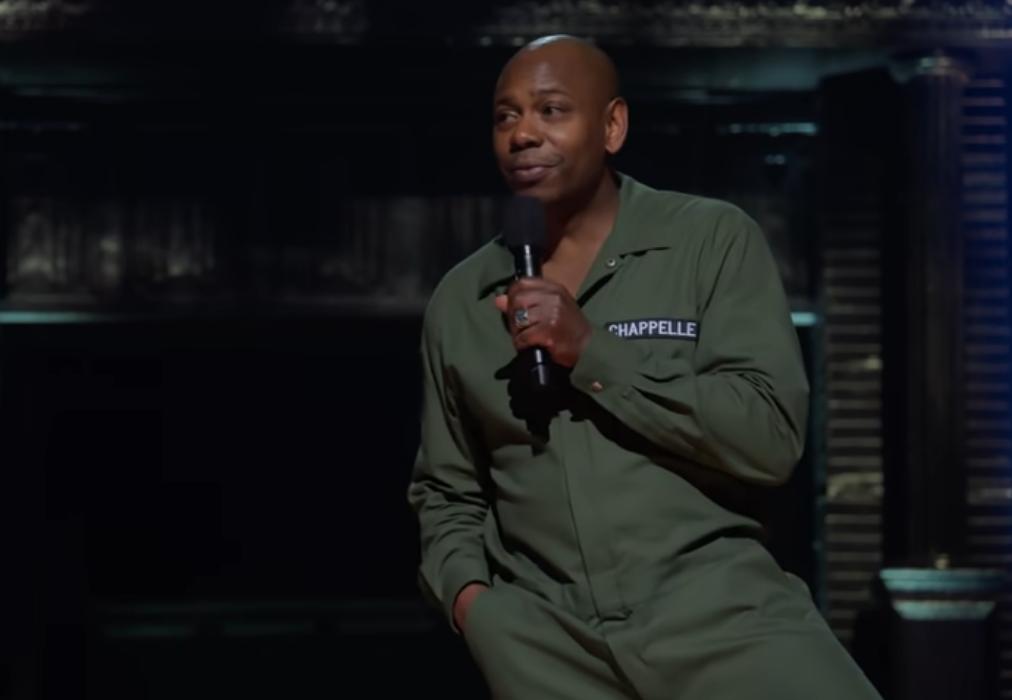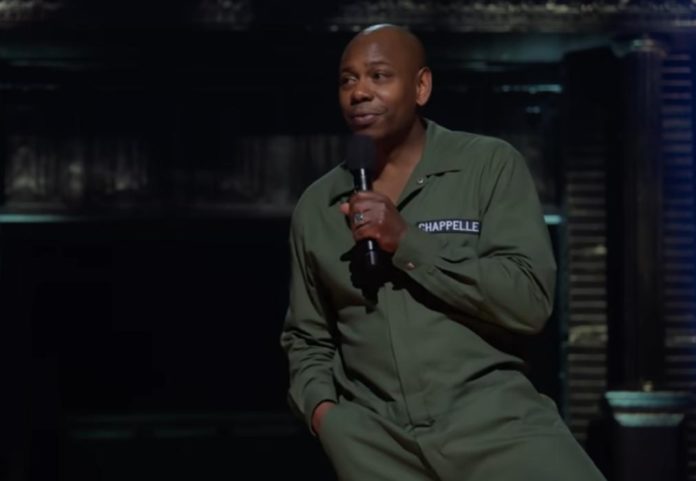
No one could have imagined the life of Anna Pauline (Pauli) Murray, the Black, queer, gender nonconforming civil rights pioneer who lived from 1910 to 1985.
Few people have done as much to make the world more just than Murray. Last year, Murray’s scholarship was used to help the ACLU successfully argue before the Supreme Court that Title VII of the Civil Rights Act of 1964 protects LGBTQ+ people from being fired in the workplace because of their sexual orientation and gender identity. Yet, many people don’t know who Murray was.
“My Name is Pauli Murray,” a new documentary playing in select theaters and streaming on Amazon Prime, tells the story of Murray’s fascinating life. The engrossing film is co-directed by Betsy West and Julie Cohen, who directed “RBG,” the popular documentary on Ruth Bader Ginsburg.
“RBG” is a good documentary. Yet, the 131-minutes-long “My Name is Pauli Murray” is even better.
Conveying the complexity of Murray’s life in a doc of that short length would fell many mortals. But West and Cohen are up to the task.
Using recordings of Murray’s voice; Murray’s letters, footage of everything from Murray with one of her dogs to Harlem in the 1930s along with interviews with Murray’s family and biographers, the film draws you into Murray’s world.
To say Murray was a Renaissance woman isn’t trite. Murray was a lawyer, poet, writer, activist and educator. That’s just the tip of the iceberg!
For decades, Murray and Eleanor Roosevelt were friends. Murray was a co-founder of the National Organization for Women. Gay writers James Baldwin and Langston Hughes were her writing buddies. Murray and Baldwin were the first Black writers to be invited to the distinguished MacDowell writing colony.
In her 60s, Murray left her tenured position teaching at Brandeis University to go to seminary. She became the first Black woman to be ordained a priest by the Episcopal Church.
It doesn’t stop there! A paper Murray wrote as a Howard Law School student was a key element of Thurgood Marshall’s strategy in overthrowing racial segregation in Brown v. Board of Education. Ruth Bader Ginsburg quoted Murray when she argued against sex discrimination before the Supreme Court.
While she was alive, Murray was closeted about much of her personal life. Murray had a decades-long relationship with Irene Barlow. But, because of the times in which she lived, Murray couldn’t be open about their relationship.
Murray felt that she was misgendered—like a man in a woman’s body. This, too, Murray kept secret.
In “My Name is Pauli Murray,” Murray’s family and biographers refer to Murray with the pronouns “she and her.” A non-binary activist refers to Murray as “they.”
Murray is having a much-deserved moment. In 2016, Yale University named one of its residential colleges after Murray. It was the first time a Yale college was named after a person of color or an (openly) LGBTQ+ person. In 1965, Murray was the first African American to graduate from Yale with a doctorate in judicial science.
In 2017, the National Park Service, part of the Department of the Interior, Murray’s family home in Durham, N.C., as a National Historic Landmark.
Watching, “My Name is Pauli Murray,” you’re bowled over by Murray’s resilience and achievements. Fifteen years before Rosa Parks, she protested racial segregation on buses.
“I’ve lived to see my lost causes found,” Murray says.
It’s hard to humanize an icon. But, the filmmakers don’t place Murray on Mount Olympus.
Even as a child, we learn, Murray wanted to wear pants. That was fine during the week, her Aunt Pauline said, but Murray would have to wear a dress to church on Sunday. Though, few understood Murray’s feelings, Aunt Pauline called Murray “my boy girl.”
Murray and Barlow never lived together. Yet, you get a sense of their intimacy from the letters they exchanged. They called each other “Linus” and “Charlie Brown” (characters in the Peanuts comic strip) and wrote of longing to “share” listening to Brahms’ Fourth Symphony and the New York Times crossroad puzzle.
“My Name is Pauli Murray” will leave you talking about Murray and how to honor her legacy. That would have made Murray happy.








